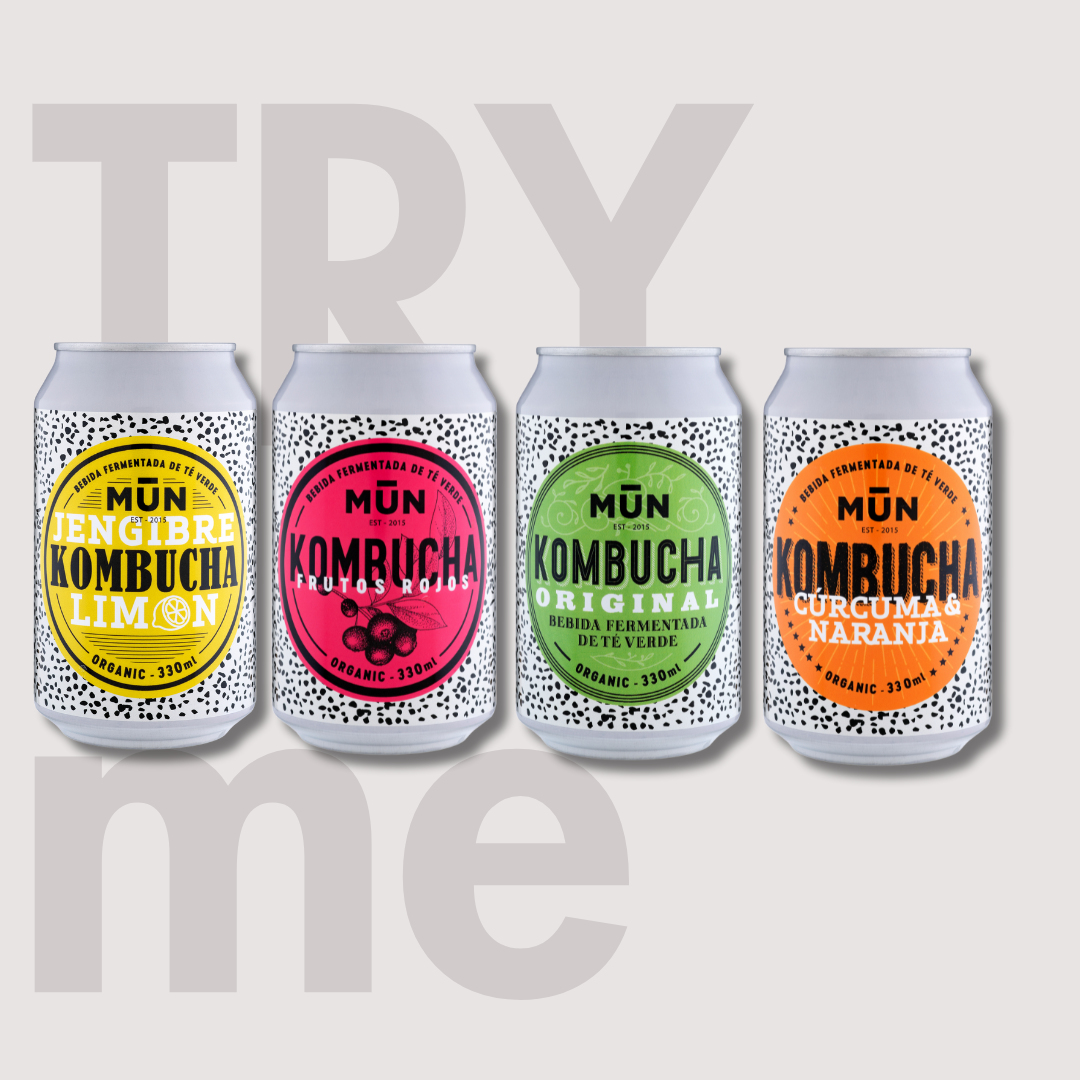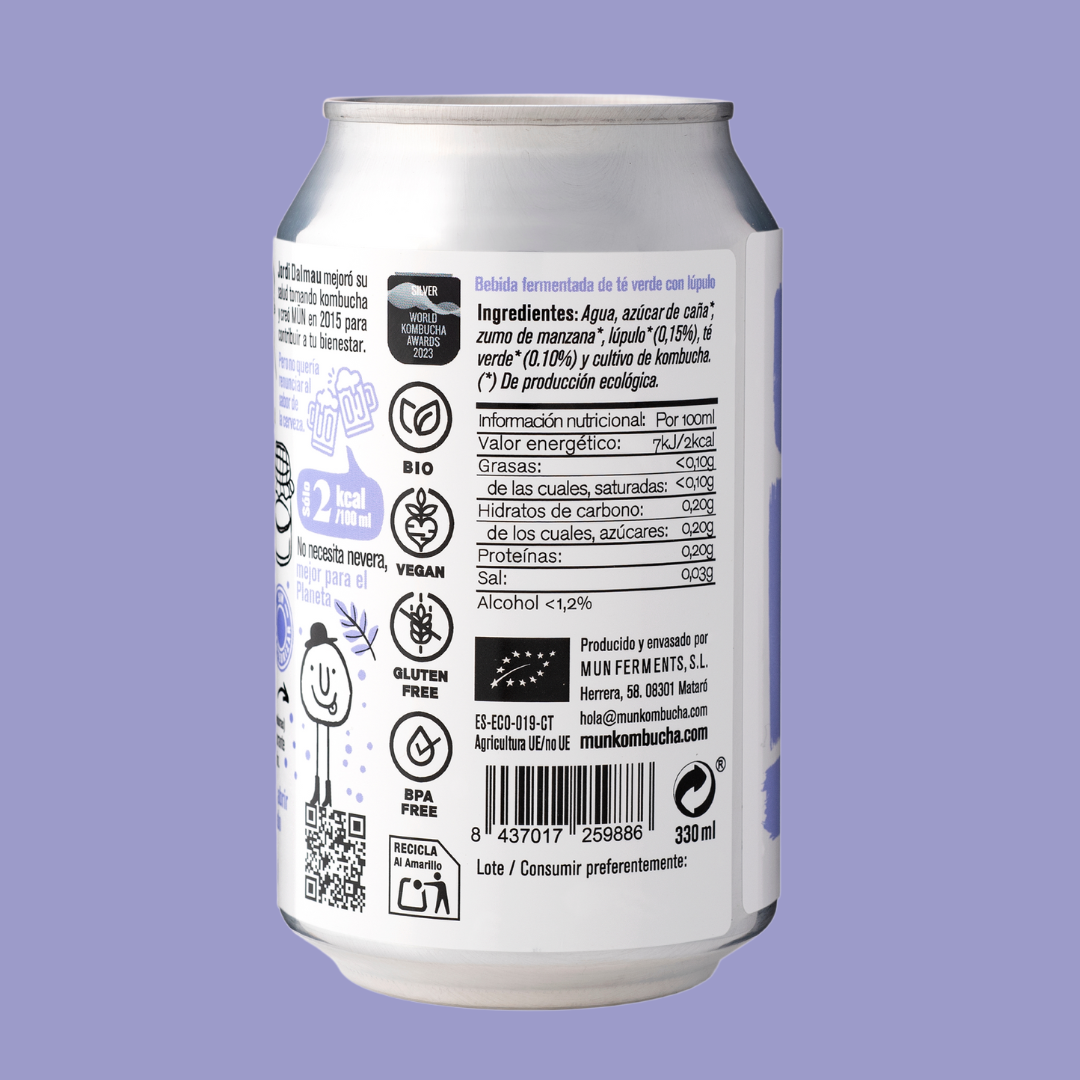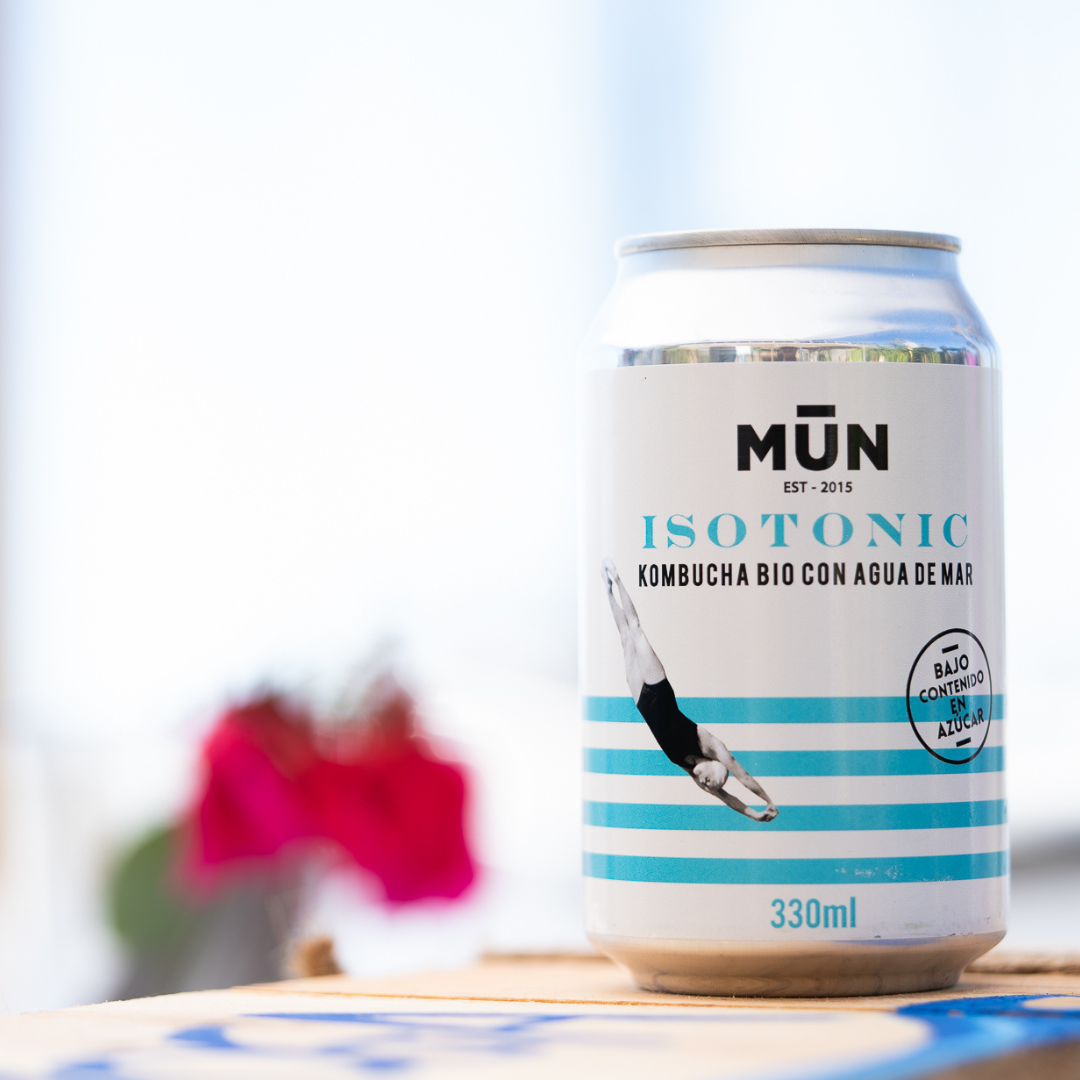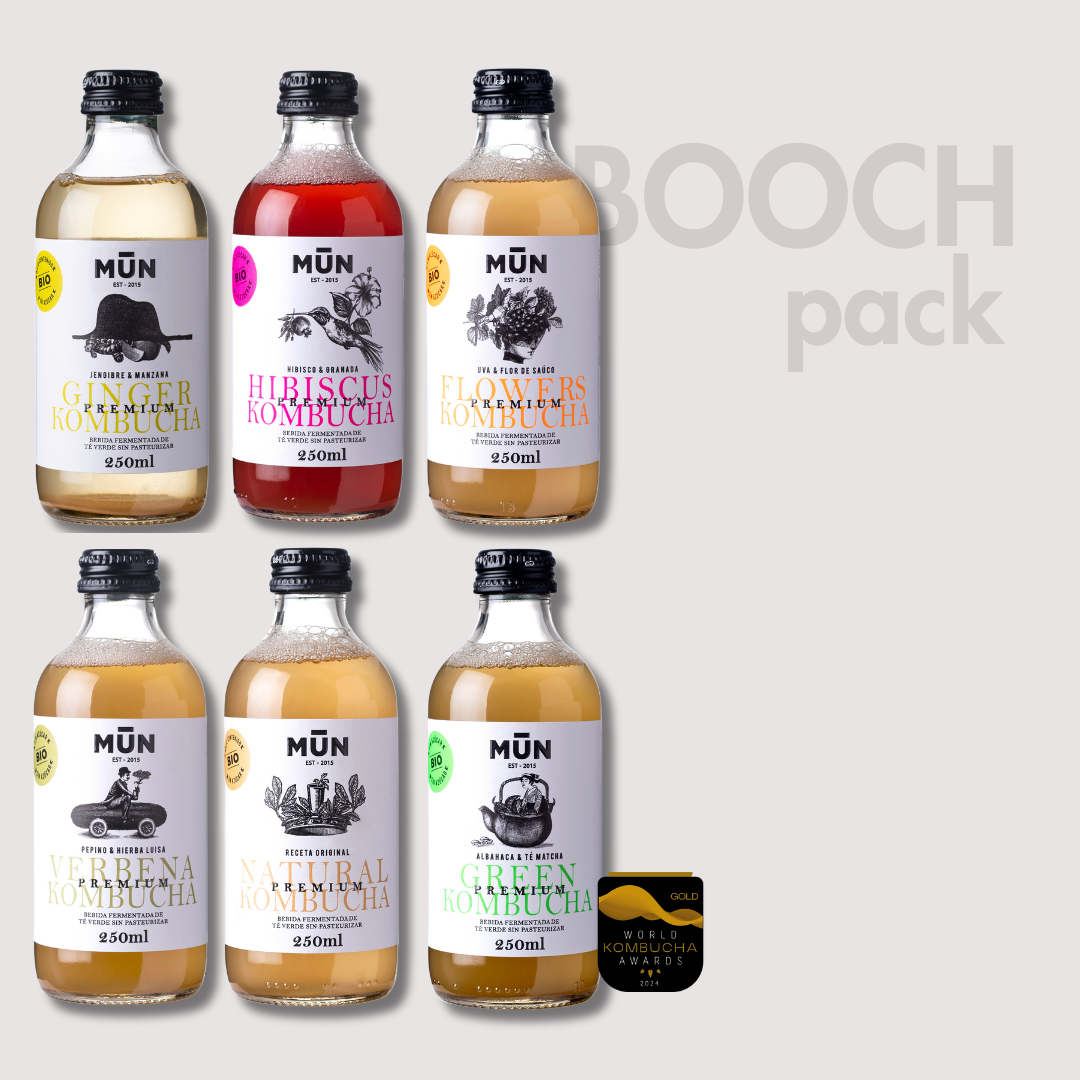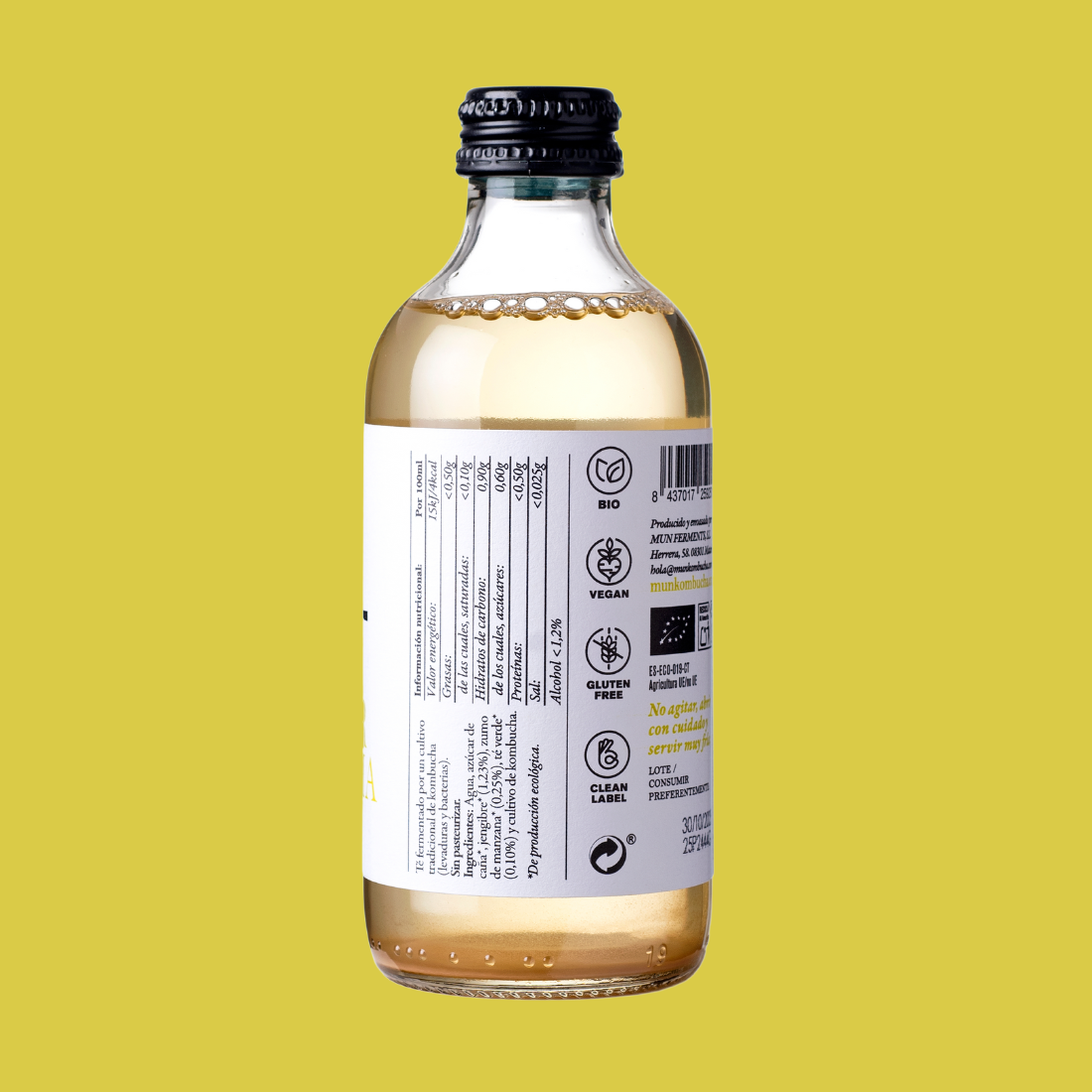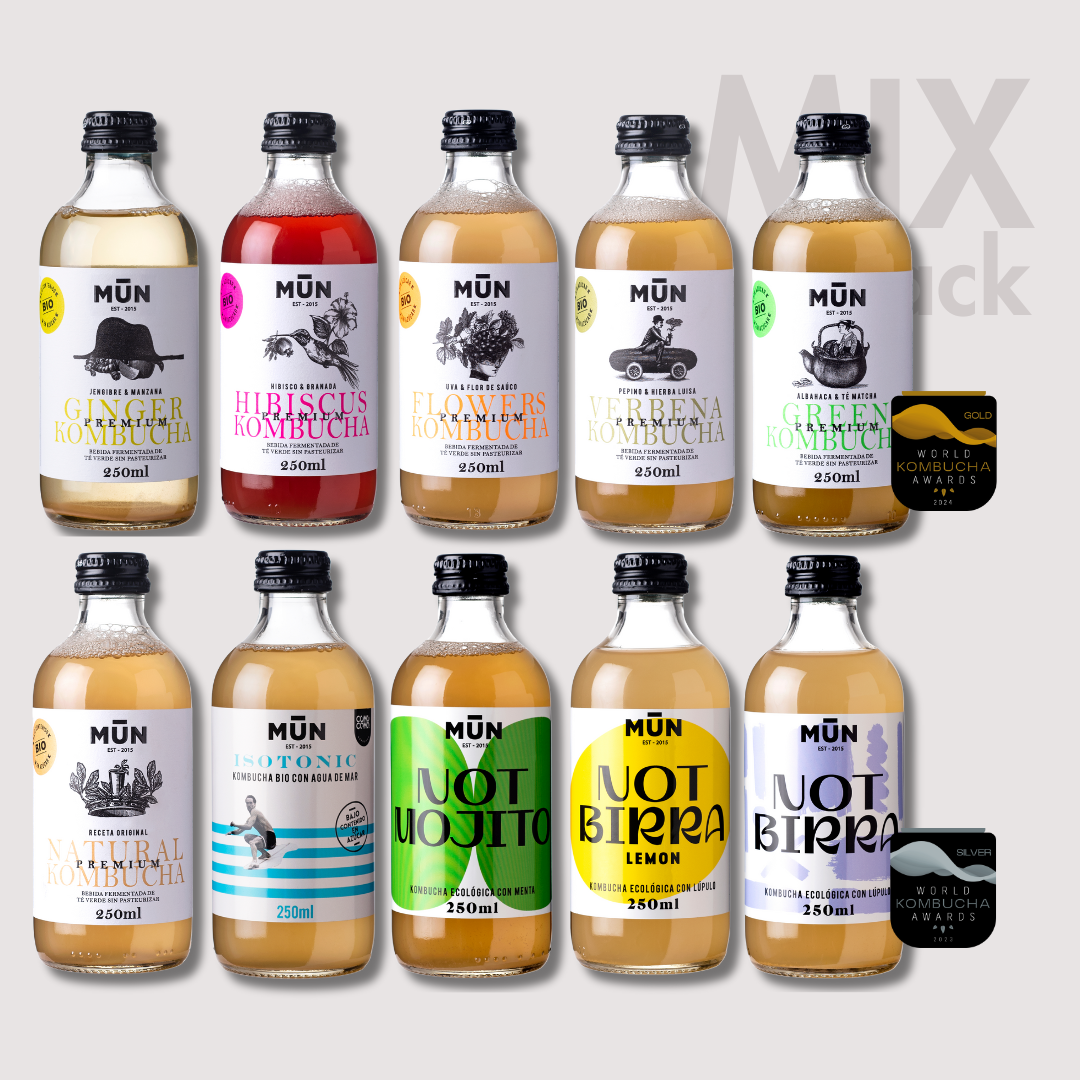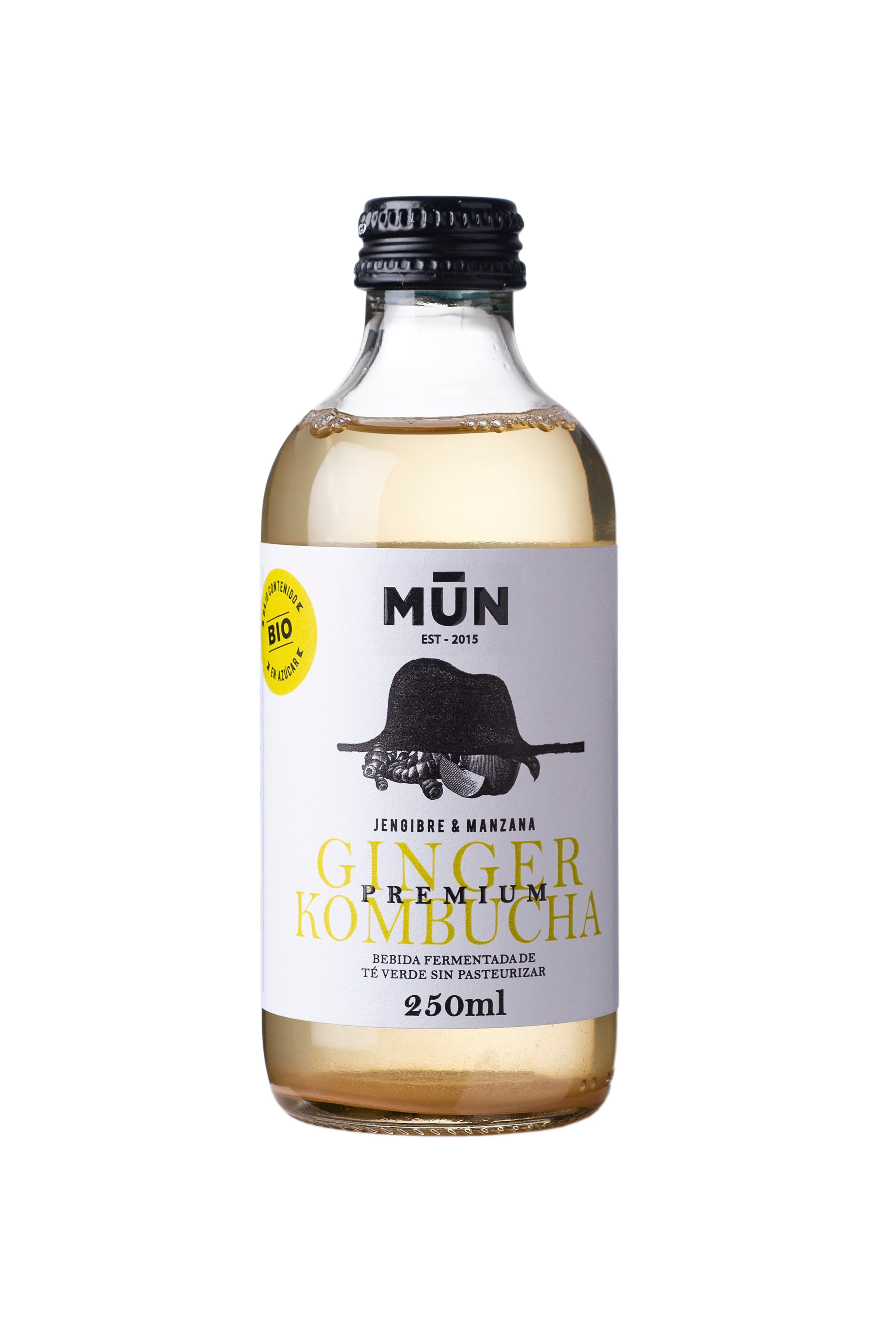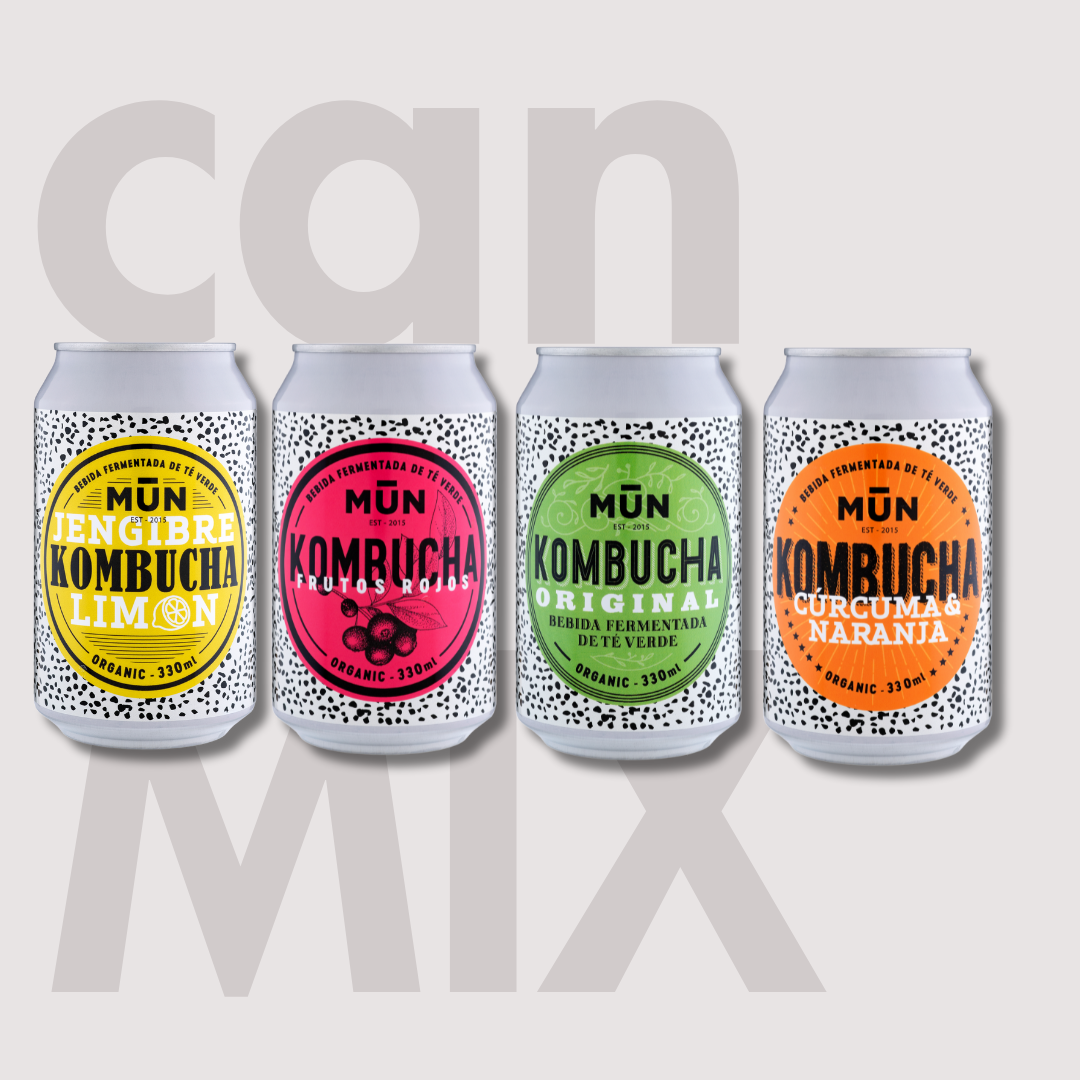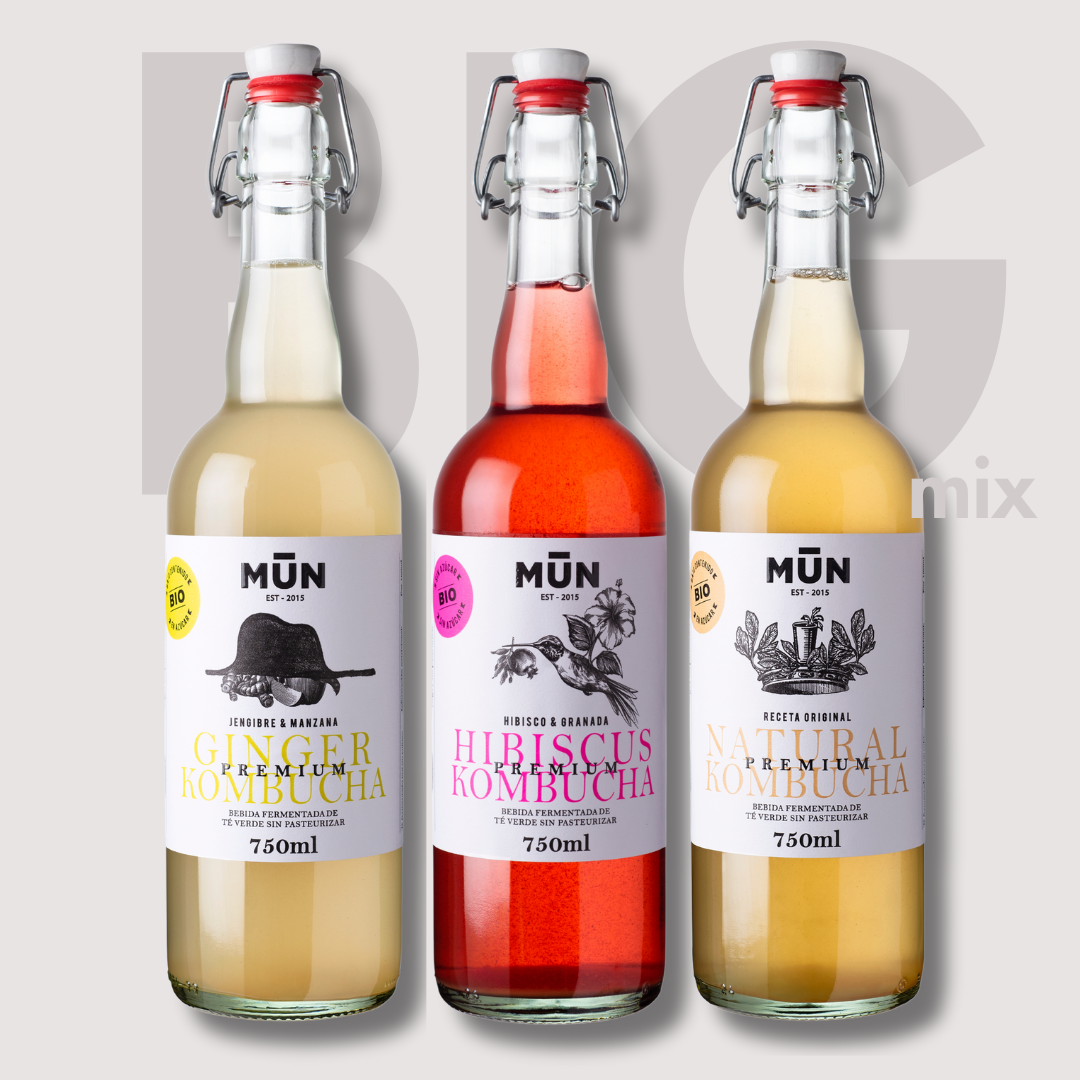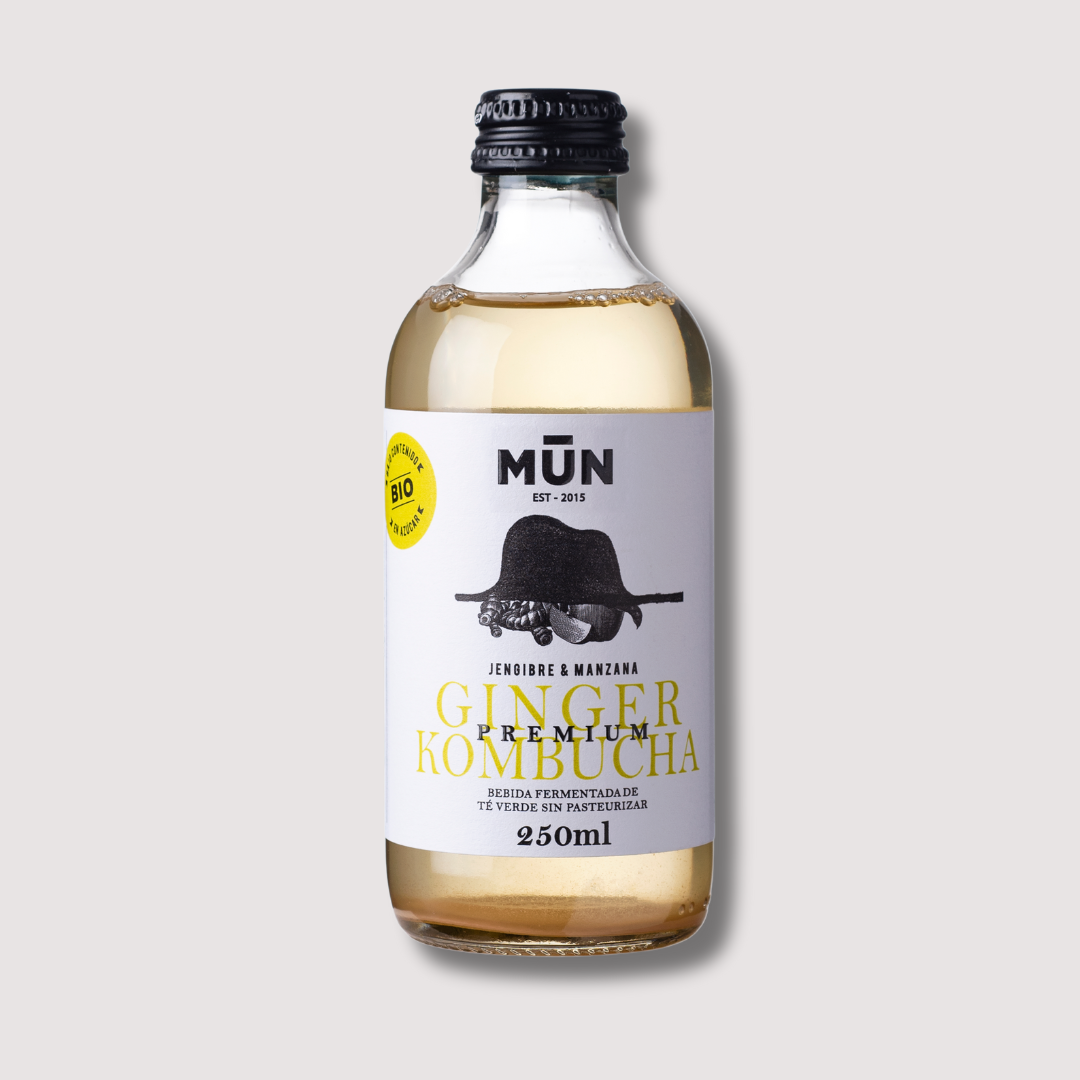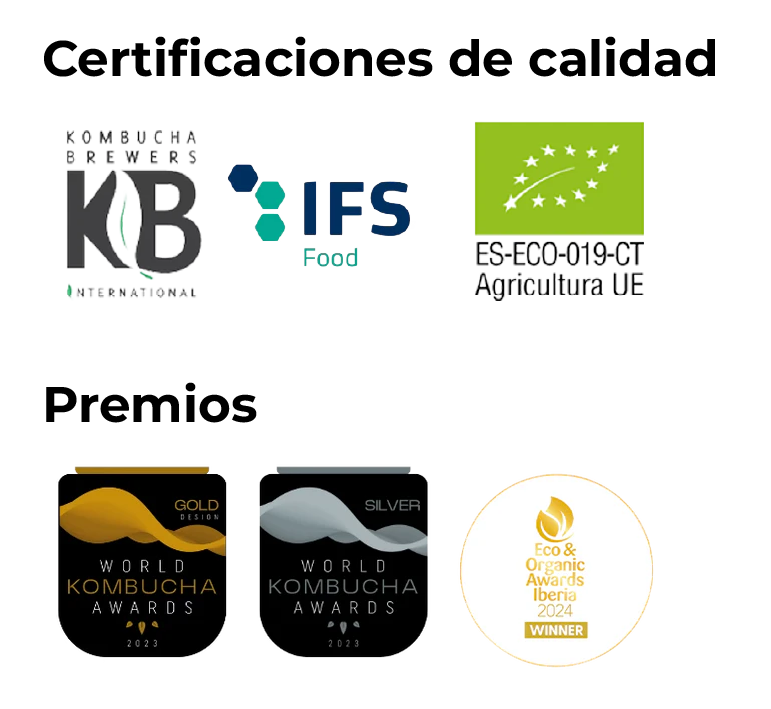Ginger It is a plant native to Asia, whose root has been used for centuries in both cooking and traditional medicine. This root, with its intense and spicy flavor, has earned a place in gastronomy around the world, and is widely used in the preparation of sweet and savory dishes, as well as drinks such as ginger tea. But beyond its flavor, ginger has also been valued for its medicinal properties, being used to relieve digestive, inflammatory and respiratory problems, among others.
It is a plant of the family Zingiberaceae , and its scientific name is Zingiber officinale . In addition to common ginger, there are other species of ginger, such as Zingiber zerumbet or bitter ginger, the Zingiber mioga or Japanese ginger and the Zingiber montanum or Thai ginger. There are also varieties grown in different regions of the world, such as Chinese ginger, African ginger, and Caribbean ginger, among others.
Where and how it is grown
Ginger is a tropical plant that prefers warm and humid climates for its cultivation. Although its origin is in South Asia, today it is cultivated in many countries around the world, with the largest producers being India, China, Indonesia, Thailand and Nigeria. It is also grown in Latin American countries such as Jamaica, Brazil, Colombia and Mexico. The ginger plant grows in well-drained, nutrient-rich soil, and needs a good amount of water and sunlight to thrive. In some regions, it is grown in greenhouses to control environmental conditions and increase production. It is a resistant plant and easy to grow.
It is a perennial plant that grows throughout the year in warm and humid climates. In its annual cycle, the plant begins with seed germination in spring or summer. Then, during the summer, the plant develops a stem that can reach up to a meter in height and long, narrow leaves. In autumn, the leaves of the plant turn yellow and begin to dry. In winter, the plant enters a dormant phase, losing most of its foliage and reducing its activity. The following spring, the plant sprouts again from underground rhizomes and begins a new cycle.
Ginger can be harvested at different times depending on its use. If you want to obtain fresh ginger, it can be harvested after about 8-10 months after planting the root. To obtain dried ginger, it is recommended to wait about 10-12 months before collecting. Generally, harvesting is carried out in autumn, when the leaves and stems begin to dry and the root has reached its maximum size.
The arrival of ginger to Europe

It is believed that it arrived in Europe in the Middle Ages, through the trade routes that connected the European continent with Asia. It was at that time when it began to be used in cooking and in traditional European medicine. In the Middle Ages, ginger was valued for both its medicinal properties and its flavor, and was used in the making of condiments, breads and cakes. Over time, ginger became popular in Europe and began to be used in a wide variety of dishes.
The oldest known book in Spanish that talks about ginger is "The Book of Games" from the 13th century, written by King Alfonso X of Castile. It mentions some recipes that include ginger, such as a recipe for cookies with honey and ginger. The book also refers to the medicinal properties of ginger, highlighting its ability to warm the body and relieve stomach pain.
Ginger is a spice that has been used in the cuisine of various cultures throughout history, including the cuisine of al-Andalus. In this period, ginger was a spice highly valued for its aromatic and medicinal properties, and was used in various dishes such as meat, fish and sweets. In fact, ginger was one of the most used spices in the cuisine of al-Andalus, along with pepper, cumin and oregano.
Benefits
Ginger is a root that has been used in traditional medicine in many countries for centuries. In addition to being a key ingredient in cooking, ginger is known for its numerous health benefits.
- Relieves nausea and upset stomach: Ginger has been shown to be effective in treating nausea and vomiting, especially during pregnancy and after surgery.
- Helps reduce inflammation: Ginger has anti-inflammatory properties and may be useful in the treatment of chronic inflammatory diseases such as osteoarthritis and rheumatoid arthritis.
- Improves digestion: Ginger can help improve digestion and relieve indigestion, gas, and bloating.
- Strengthens the immune system: Ginger contains bioactive compounds that can help improve immune system function, which can help prevent disease and reduce the risk of infections.
- Reduces risk of heart disease: Ginger can help reduce cholesterol and triglyceride levels in the blood, which can lower the risk of heart disease.
- Improves blood circulation: Ginger can help improve blood circulation and reduce the risk of blood clots and peripheral circulation problems.
- Relieves menstrual pain: Ginger can help reduce menstrual pain and cramps in women.
- Helps control diabetes: Ginger can help control blood sugar levels and improve insulin sensitivity in people with type 2 diabetes.
- Improves brain function: Ginger contains compounds that can help improve brain function and reduce the risk of neurodegenerative diseases such as Alzheimer's.
- Fights infections: Ginger has antimicrobial properties and can help fight bacterial and fungal infections.
- Helps lose weight due to the thermogenic effect of ginger on the body.
Properties
The list of properties of this root is constantly increasing due to the studies that continue to be carried out. These are the ones discovered so far:
- Relieves nausea and upset stomach: It has been shown to be effective in treating nausea and vomiting, especially during pregnancy and after surgery.
- Helps reduce inflammation: It has anti-inflammatory properties and may be useful in the treatment of chronic inflammatory diseases such as osteoarthritis and rheumatoid arthritis.
- Improves digestion: May help improve digestion and relieve indigestion, gas and bloating.
- Strengthens the immune system: Contains bioactive compounds that can help improve immune system function, which can help prevent disease and reduce the risk of infections.
- Reduces risk of heart disease: May help reduce cholesterol and triglyceride levels in the blood, which can lower the risk of heart disease.
- Improves blood circulation: It can help improve blood circulation and reduce the risk of blood clots and peripheral circulation problems.
- Relieves menstrual pain: May help reduce menstrual pain and cramps in women.
- Helps control diabetes: May help control blood sugar levels and improve insulin sensitivity in people with type 2 diabetes.
- Improves brain function: Contains compounds that may help improve brain function and reduce the risk of neurodegenerative diseases such as Alzheimer's.
- Fights infections: It has antimicrobial properties and can help fight bacterial and fungal infections.
What does science say about the use of ginger?
Ginger, a common and widely used spice, has several health benefits attributed to its phenolic compounds, such as gingerols and shogaols. [1] . Ginger has properties anti-inflammatory , antioxidants, antiemetics , antiulcer and anticancer [2] . Ginger has been identified as an agent antiarthritic , antithrombotic and anti-inflammatory [3] . Ginger can reduce nausea and vomiting, and is as effective as taking tranquilizing medications in preventing nausea and vomiting after surgery [4] . Ginger can lower blood pressure in hypertensive patients [5] . You can also use ginger to treat sore throat and increase resistance to infections that cause sore throat [6] . Additionally, ginger has been used to treat diabetes , rheumatoid arthritis , atherosclerosis and muscle discomfort [7] . Lastly, ginger has been used as a flavoring agent in foods and beverages, and is readily available. [8] .
Ginger in traditional medicines
Ginger has been used in different traditional medicine systems, such as Ayurveda, Chinese medicine and the traditional medicine of the island of Madagascar. In Ayurveda, ginger is considered to have properties that can help improve digestion, reduce inflammation, and relieve congestion. In Chinese medicine, it is believed that ginger can help improve blood circulation and reduce pain and inflammation in the body. Additionally, it is used in traditional Madagascar medicine to treat muscle pain and respiratory diseases.
Culinary uses
Ginger is very versatile in cooking and is used in a wide variety of dishes around the world. In Asian cuisine, it is used in many dishes, such as soups, curries, stews, and stir-fries. It is also used in the preparation of sushi to give it a fresh and spicy flavor. In Indian cuisine, it is a key ingredient in curry powder and is used to flavor sauces and marinades. In Western cuisine, it is used in desserts, such as cakes, cookies, and gingerbread, as well as beverages such as ginger ale and ginger tea. It is also used as a condiment in meat and vegetable dishes.
Ginger tea
Ginger tea is perfect for fighting the cold, relieving congestion and calming the stomach. Additionally, you can experiment with different variations, such as adding cinnamon, cloves, or mint. And it is very easy to prepare:
- Peel and cut a piece of fresh ginger approximately 2-3 centimeters.
- Bring a cup of water to a boil in a small pot or kettle.
- Add the ginger to the boiling water and reduce the heat to medium-low.
- Let the ginger infuse in the water for about 5-10 minutes, depending on the intensity you want.
- Remove the pot from the heat and strain the ginger tea into a cup.
- If you wish, add honey or lemon.
Homemade Ginger Ale
Ginger ale is easy to prepare at home:
Ingredients:
- 1 cup grated fresh ginger
- 1 cup of sugar
- 1 cup fresh lemon juice
- Soda water
- Ice
Instructions:
- In a large pot, mix the grated ginger, sugar and 2 cups of water. Bring to a boil over high heat.
- Reduce the heat and let the mixture simmer for about 30 minutes.
- Strain the mixture through cheesecloth to remove the grated ginger and leave just the liquid. Let it cool.
- Mix the liquid with the lemon juice in a large jug.
- Add sparkling water to taste.
- Serve with ice and decorate with a lemon wedge or a sprig of mint.
Ginger beer
Ginger beer is a fermented drink made from ginger, sugar and water. It is similar to ginger ale, but has a more intense flavor and is slightly sweeter. Here is a recipe to make ginger beer at home:
Ingredients:
- 2 cups grated ginger
- 1 cup of sugar
- 1/2 cup lemon juice
- 1/2 cup ginger water (optional)
- 8 cups of water
- 1 cup kombucha SCOBY (optional)
Instructions:
- In a large pot, mix the grated ginger, sugar and 4 cups of water. Boil over medium-low heat for about 30 minutes, stirring occasionally.
- Remove from heat and add the lemon juice and the rest of the water (4 cups). If you have ginger water, add that too.
- Let the mixture cool until lukewarm (around 25-30°C).
- Add the kombucha SCOBY, if using, and let sit for about 2-3 days in a warm, dark place, stirring the mixture every 12 hours.
- After 2-3 days, taste the ginger beer. If ready, strain the mixture to remove the grated ginger and SCOBY, and bottle the liquid in airtight glass bottles. If you prefer a stronger flavor, let it ferment for a few more days.
- Leave the bottles at room temperature for 1-2 days, until the liquid has bubbles and pressure when you open the bottles. Then refrigerate before serving.
Ready! You now have your own homemade ginger beer. Remember to be careful when opening the bottles, as the pressure of the gas can cause the liquid to come out abruptly.





